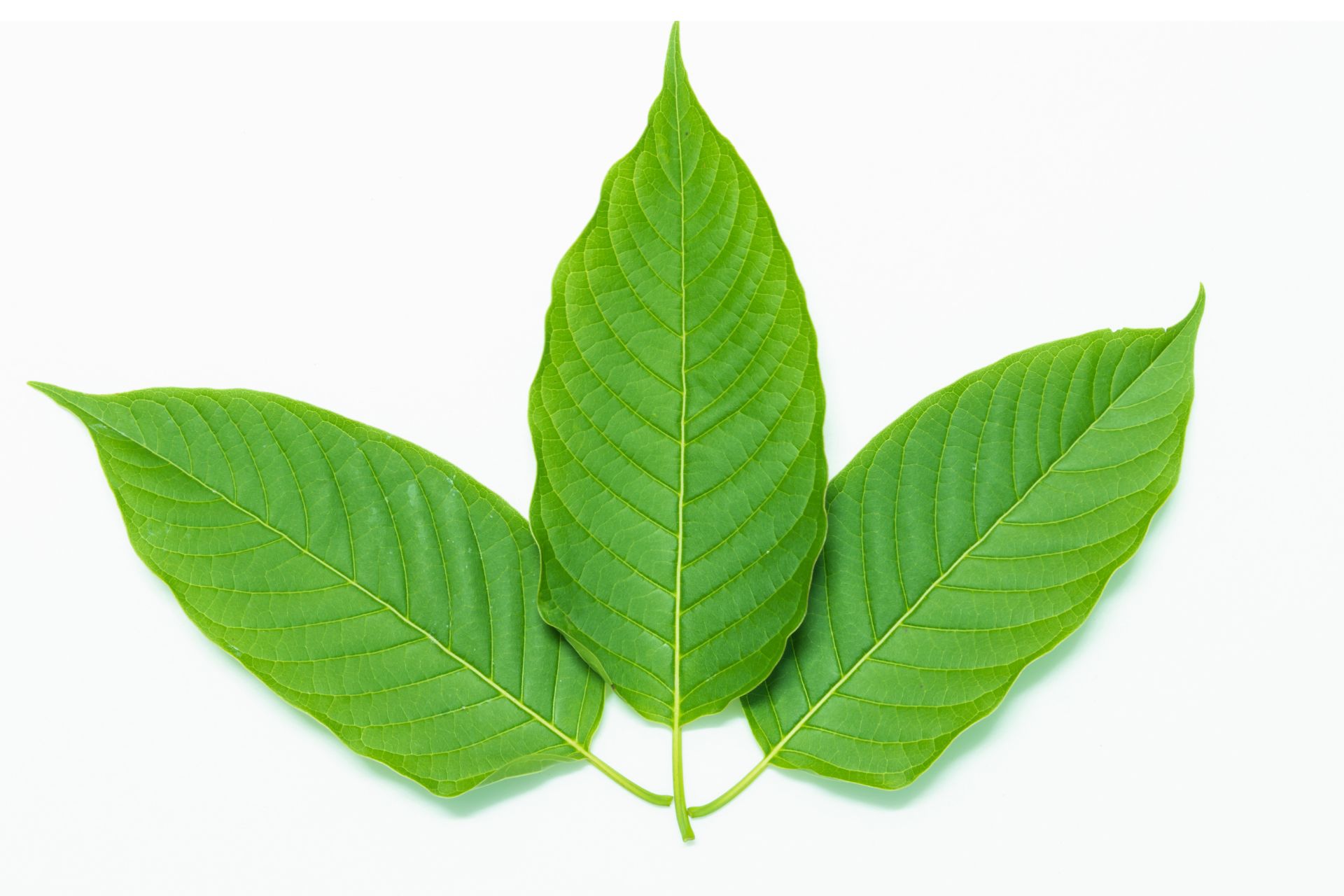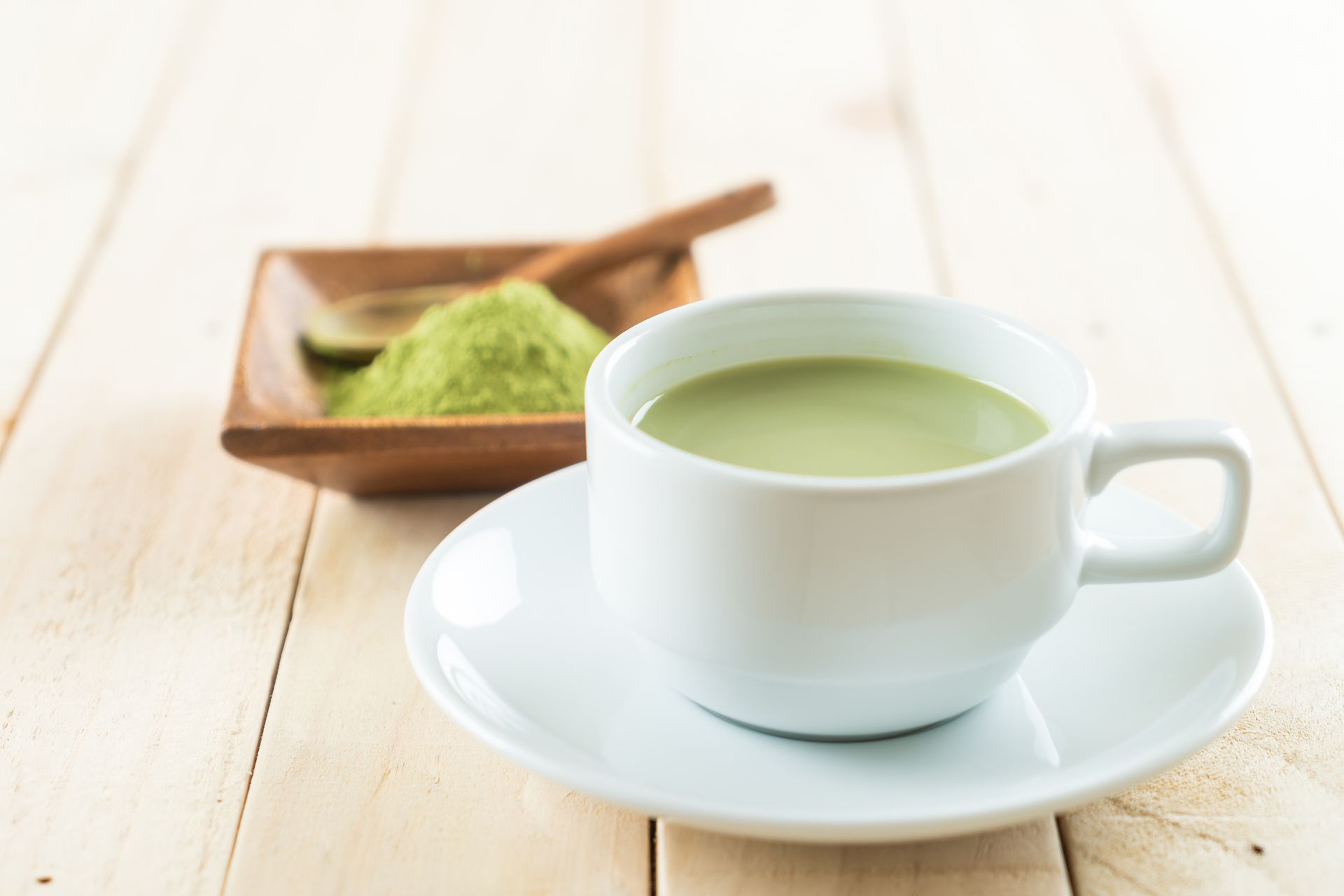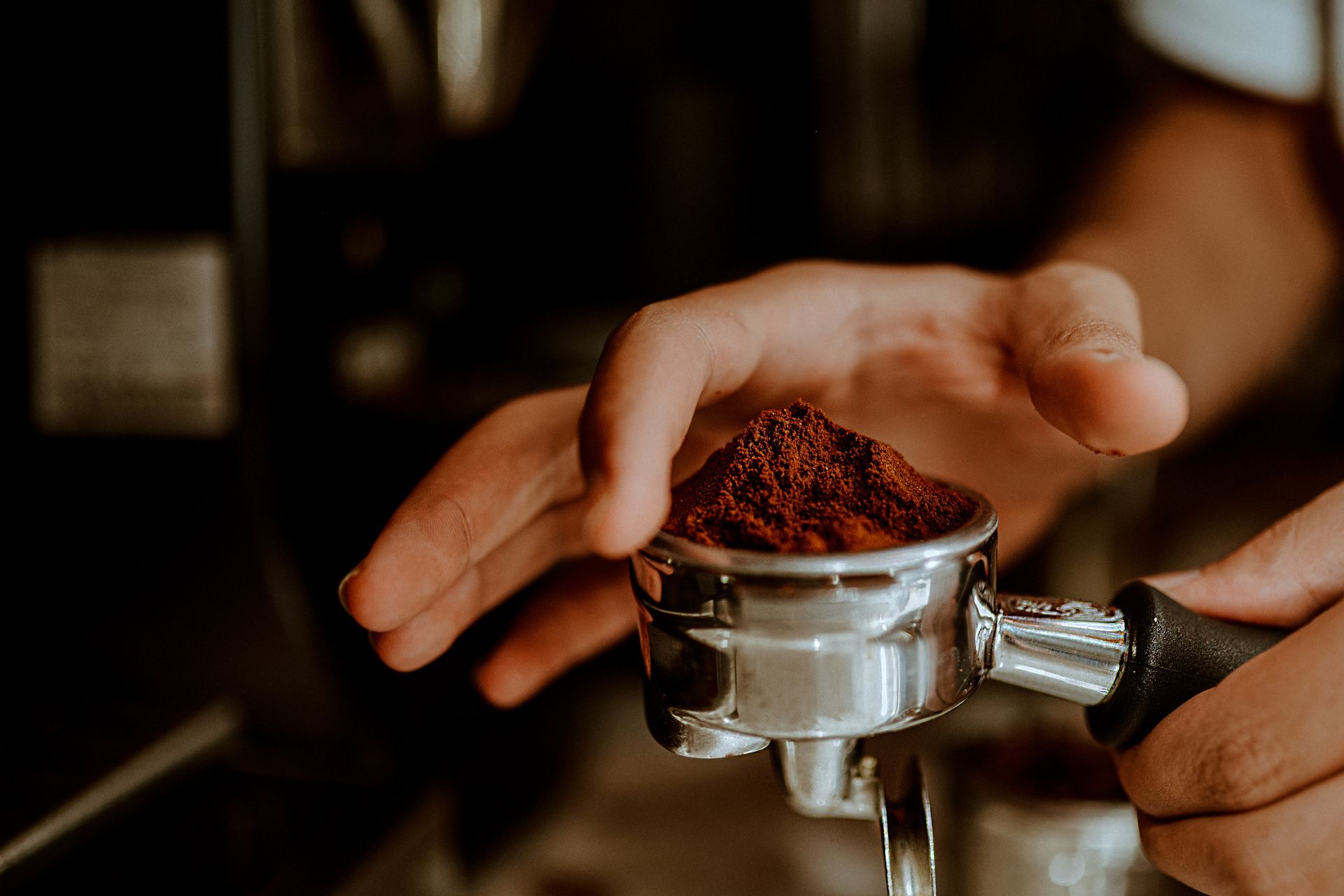Is Kratom Like Coffee? Understanding the Similarities and Differences

Contents
Are you wondering about the distinctions between kratom and coffee?
Both substances are stimulants enjoyed for their energizing and mood-enhancing properties. While coffee has been a household staple for centuries, kratom has only recently gained popularity in the United States.
What is coffee?
Coffee is a popular beverage made from the beans of the Coffea plant. The beans are harvested and then roasted to bring out the characteristic aroma and flavor.
The brewed beverage is usually served hot but can also be enjoyed cold or iced with milk, cream, sugar, or other flavorings to suit individual tastes.
Coffee is known for its energizing and stimulating effect due to its caffeine content, which may improve mental focus and alertness.
In addition to its stimulating properties, coffee is believed to have several health benefits, such as reducing the risk of certain diseases like Parkinson’s, type 2 diabetes, and liver disease.

What is kratom?
Kratom, also known as Mitragyna speciosa, is a tropical tree native to Southeast Asian countries like Indonesia, Malaysia, Thailand, and Papua New Guinea. Indigenous people traditionally used the leaves for their medicinal properties.
The leaves contain several alkaloids, the most important being mitragynine and 7-hydroxymitragynine, responsible for the plant’s effects.
Kratom is commonly consumed as a powder made from crushed leaves, often brewed into tea or added to food as edibles. It’s also available in pills and as an extract.
The effects vary depending on the strain and vein. Lower doses typically produce mild stimulant effects, while higher ones offer sedative sensations. It may offer an alternative to prescription medication and act as a mood enhancer.

Does kratom have caffeine?
Kratom doesn’t contain caffeine. The stimulating effects are often milder than those of caffeine, but the duration of the impact may be longer.
Use caution when combining kratom and caffeine, as this may increase the risk of adverse effects or interactions.
Kratom and coffee similarities
Is kratom like coffee? They share several similarities, including:
- Stimulant effects: Both have stimulant properties that may improve focus, energy, and mood. This is due to caffeine in coffee and the alkaloids mitragynine and 7-hydroxymitragynine in kratom.
- Natural sources: Both come from natural sources. Coffee is made from roasted coffee beans, while kratom is made from the leaves of the Mitragyna speciosa tree.
- Cultural significance: Both have cultural significance in different parts of the world. Coffee has been a part of Western culture for centuries, while kratom has been used for medicinal purposes in Southeast Asia.
- Legal status: Both coffee and kratom are legal in most parts of the world. However, the latter has faced legal challenges in some countries due to concerns about its safety and potential for abuse.
Coffee vs. kratom: What’s the difference?
While these products both have stimulating effects, their source, chemical composition, and potential impact on the body differ.
When comparing coffee vs. kratom, the following observations are made:
|
|
Coffee |
Kratom |
|
Origins |
Ethiopia, cultivated worldwide |
Southeast Asia (Thailand, Indonesia, Malaysia) |
|
Effects |
Stimulant, increases alertness |
Stimulant in low doses, sedative in high doses |
|
Active compounds |
Caffeine |
Mitragynine, 7-hydroxymitragynine |
|
Dosage |
Varies by person and preparation method |
Varies by strain, form, and individual tolerance |
|
Forms |
Whole beans, ground, instant, specialty drinks |
Raw leaves, powder, capsules, extracts |
|
Varieties |
Arabica, Robusta, blends, specialty coffee |
Red, green, white, yellow/gold, and blends |
|
Possible side effects |
Restlessness, insomnia, gastrointestinal problems, increased restlessness |
Nausea, vomiting, constipation, addiction, withdrawal symptoms |
|
Legality |
Legal and widely available |
Legal in some countries, banned or restricted in others |
Origins
Coffee originated in Ethiopia, where it was consumed as a stimulant by the Oromo people. The plant then spread to other parts of the world, including Yemen, where it was cultivated and exported to Europe.
Kratom is native to Southeast Asia, specifically in countries such as Thailand, Indonesia, and Malaysia. It’s traditionally used by indigenous people in the region for its medicinal properties.

Effects
Drinking coffee can affect the body in the following ways:
- Increased alertness and mental focus: It contains caffeine, a stimulant that may improve mental focus, alertness, and concentration.
- Improved physical performance: Caffeine could also improve physical performance by increasing energy levels and reducing fatigue.
- Mood enhancement: Coffee has been shown to improve mood and reduce symptoms of mental conditions due in part to the caffeine content.
- Boost in metabolism: Caffeine reportedly increases metabolic rate, which may help with weight loss and management.
- Decreased risk of certain diseases: Coffee consumption has been associated with a reduced risk of certain conditions, including type 2 diabetes, liver disease, and some types of cancer.
- Increased heart rate and blood pressure: Due to the stimulant effects of caffeine, it may increase heart rate and blood pressure in some individuals.
- Jitters and restlessness: In some individuals, high doses of caffeine may cause jitters, restlessness, or insomnia.
Some of the most common effects of using kratom include:
- Discomfort relief: It’s traditionally been used for discomfort relief, and some research suggests it may be effective for long-term management.
- Improved mood: Kratom may elevate moods and reduce symptoms of restlessness in some individuals.
- Increased energy: At low to moderate doses, it may have stimulating effects, which could improve focus and energy levels.
- Relaxation: At higher doses, it reportedly has sedative effects, which may promote relaxation and sleep.
- Reduced appetite: Kratom has been shown to reduce appetite in some individuals, which may be helpful for weight management.
- Side effects: It may cause minor side effects, including nausea, constipation, and dry mouth. High doses could result in dizziness, confusion, or seizures.
Active compounds
The active compound in coffee is caffeine, a natural stimulant in the methylxanthine class. Caffeine works by blocking the action of the neurotransmitter adenosine, which helps increase alertness and reduce fatigue.
Kratom contains several alkaloids, including mitragynine and 7-hydroxymitragynine, responsible for the plant’s effects. It also contains other compounds, such as flavonoids and terpenes, which may contribute to its overall results.
Dosage
The appropriate dosage of kratom and coffee can vary depending on several factors, including the individual’s weight, age, and tolerance to the compounds.
For coffee, a typical serving size is around eight ounces, containing around 95 mg of caffeine. The recommended maximum daily caffeine intake is around 400 mg per day for healthy adults. Individuals with caffeine sensitivity may need to consume less.
Kratom’s dosage varies depending on the strain and potency of the product, as well as the individual’s tolerance. Low to moderate doses include 1–5 grams, while higher ones range from 5–15 grams.
There’s no established safe or effective kratom dosage, and taking too much can increase the risk of side effects and potential toxicity.
Forms
Coffee is available as whole beans, ground, instant, or as specialty drinks like espressos, lattes, and cappuccinos. Whole beans and ground coffee are the most common forms and can be brewed using different methods such as drip, French press, or pour-over.
Kratom products include raw leaves, powder, capsules, and extracts. Raw leaves are the least processed form and are traditionally chewed or brewed into a tea. Powder is the most common form, typically mixed with drinks and food.
Convenient pills contain pre-measured doses of powder, while extracts are highly concentrated and can be added to food or beverages.
Varieties
Coffee has a wide variety of types and blends, with different flavors, aromas, and strengths. Some of the most common varieties include Arabica, Robusta, and blends of both.
Arabica beans have a delicate flavor and aroma, while Robusta beans are more robust and bitter. Specialty shops also offer unique blends and single-origin coffees, such as Ethiopian, Colombian, and Kenyan, each with its own distinct taste and aroma.
There are different types of kratom. The three main veins are red, green, and white. Each one has varying levels of alkaloids that affect the body differently.
Red vein strains are known for their relaxing and analgesic effects, while green ones are reportedly more energizing and uplifting.
White vein strains are said to be the most stimulating and could improve focus and concentration. Yellow/gold variants are a blend of different veins and offer unique effects.
Here are some of the most popular kratom strains:
- Maeng Da typically has a potent impact and high alkaloid content.
- Vietnamese kratom offers a unique blend of sedative and stimulant effects.
- Borneo is known for its high alkaloid content and analgesic properties.
- Sumatra strain is reportedly calming and relaxing.
Side effects
It’s important to understand the side effects of kratom and coffee, particularly when taken in excess.
Coffee may cause jitters, restlessness, and insomnia, especially when consumed in large amounts. It could also result in gastrointestinal problems like acid reflux, heartburn, and diarrhea. In some cases, consumption increases restlessness and affects blood pressure levels.
Kratom may cause side effects like nausea, vomiting, and constipation. It may also result in dizziness, confusion, and respiratory depression, especially when taken in high doses.
Long-term use of kratom could lead to addiction and withdrawal symptoms, such as insomnia, muscle aches, and irritability. The frequency and severity of these side effects vary depending on dosage, frequency of use, and individual tolerance.
Legality
Coffee is a legal and widely consumed beverage in most countries worldwide. There are no federal restrictions on the sale or consumption. It’s safe for most people when consumed in moderation.
Kratom’s legal status is slightly more complicated. It’s classified as a controlled substance in some regions but permitted in others. Its legality varies by state, with some banning the sale and use altogether. Others currently regulate it as a legal substance.
Is it safe to mix kratom and coffee?

Kratom and coffee reportedly have stimulating effects that may be amplified when used together. This is called an agonistic interaction. Some individuals combine them to enhance results or alleviate symptoms like fatigue or discomfort.
Use caution when taking these products together and start with a low dose to assess how your body reacts to the combination.
Kratom coffee recipe
Kratom coffee is typically made by brewing a small amount of powder with regular coffee or espresso. The resulting beverage reportedly offers a unique combination of stimulating yet calming effects.
The easiest recipe includes dissolving powdered kratom directly into your drink. You can also add it to the ground beans in your French press to brew energizing kratom with coffee.

The bottom line
Coffee and kratom are two popular substances with potential benefits and risks. While both substances contain stimulants and have similar effects, they also differ in chemical composition, dosage, and possible side effects.
Enjoy a cup of coffee infused with the highest quality supplements from Kratom Country. All our products are tested for purity through third-party testing and come with a money-back guarantee.
FAQs
Have you got any unanswered queries? Check out our most commonly asked questions about this combination below.
Is kratom a safer alternative to coffee?
It’s not accurate to say that kratom is a safer alternative to coffee. While the herb may have potential benefits, it also has possible risks and side effects, including addiction, overdose, and adverse effects on the body.
Coffee is safe when consumed in moderation and has various potential health benefits, including increased alertness and cognitive function.
Is it possible to replace coffee with kratom to avoid caffeine addiction?
The herb itself may be addictive and has the potential for abuse and dependence. While kratom may have some possible benefits, it’s not a recommended substitute for coffee or a solution for caffeine addiction.
Caffeine consumption in moderation is safe for most individuals. Addiction or overdose risks are typically associated with excessive or chronic consumption.
How does the preparation of kratom differ from coffee?
Coffee is typically prepared by grinding and brewing the roasted seeds of the Coffea plant. Kratom is prepared by grinding the dried leaves of the Mitragyna speciosa tree.
Coffee is typically consumed black or with milk, cream, sugar, or other flavorings. Kratom can be used in several forms, including powder, capsules, extracts, or tea.
Does combining kratom and coffee impact cognitive function?
More research is needed to fully understand the potential impact of combining kratom and coffee. These substances may interact and affect cognitive function differently than when consumed separately.
Both may have stimulant effects and affect mental alertness, concentration, and mood. Some users report combining coffee and kratom enhances the stimulant effects and provides a more sustained energy boost throughout the day.
Are there any risks associated with using kratom and coffee together?
Mixing kratom and coffee may pose some risks, especially for those sensitive to caffeine or who consume high doses of the herb.
The stimulant effects of both substances may lead to overstimulation, increased heart rate and blood pressure, or adverse side effects like restlessness and jitters. Both kratom and coffee act as diuretics and could cause dehydration if adequate fluid intake isn’t maintained.
Some individuals may experience positive effects from combining coffee and kratom. Always exercise caution and consult with a healthcare provider before using them together.
About the Author

Camila Millson is an experienced technologist of quality kratom products. She has over five years of working experience at Kratom Country.
Camila specializes in making kratom capsule technology. She also has extensive experience in developing technology for kratom tea.
Working for a large company, she is involved in the manufacturing processes of kratom powder, capsules, and other products. As well, she is knowledgeable about kratom legalization and can advise clients on these issues.

Comments